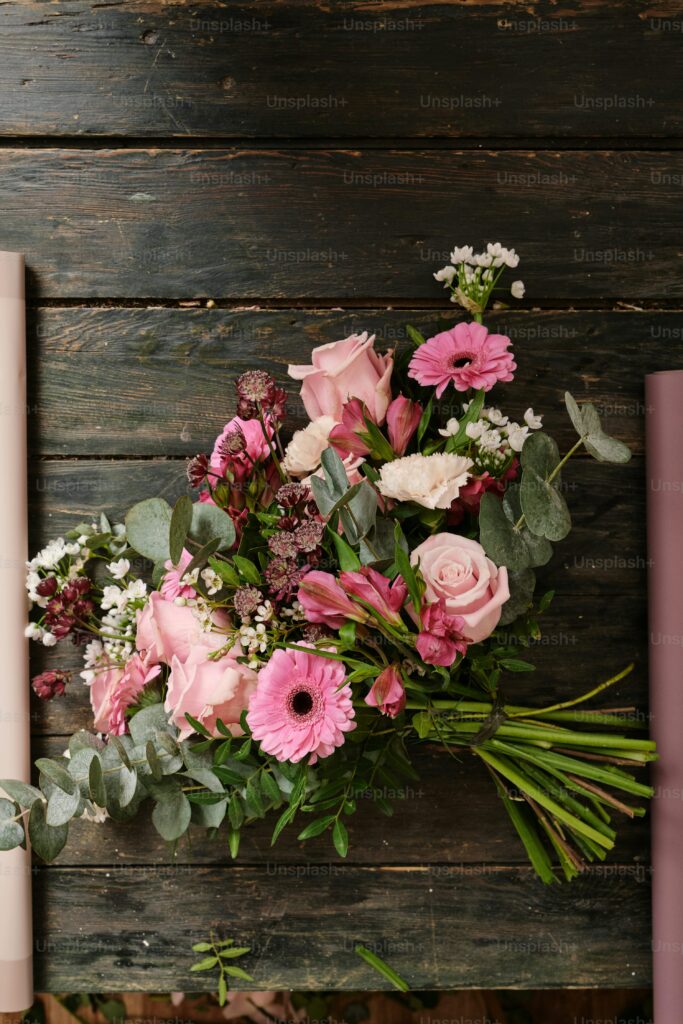
The Time
Flowers have captivated humans for centuries with their vibrant colors, delicate shapes, and enchanting fragrances. More than just pretty decorations, flowers play an essential role in nature and culture, symbolizing emotions, marking special occasions, and inspiring artists and poets alike.
Why Do Flowers Matter?
At their core, flowers are reproductive structures of plants. They attract pollinators like bees, butterflies, and birds, enabling plants to produce seeds and sustain life on Earth. This crucial role keeps ecosystems balanced and ensures the survival of countless species.
But beyond biology, flowers carry deep meanings. Different flowers symbolize different emotions and messages — from the passionate red rose of love to the pure white lily of innocence. Giving or receiving flowers is a universal way to communicate feelings when words fall short.
The Diversity of Flowers
There are over 400,000 species of flowering plants worldwide, each uniquely adapted to its environment. From the towering sunflowers following the sun’s path to the tiny orchids hidden in tropical rainforests, flowers exhibit incredible variety.
Seasonal changes also influence flowers — spring blooms like tulips and daffodils herald new beginnings, while autumn chrysanthemums bring vibrant colors before the winter chill.
Flowers in Human Culture
Throughout history, flowers have been woven into art, mythology, and traditions. Ancient Egyptians associated the lotus with creation and rebirth, while the Japanese perfected the art of ikebana — the mindful arranging of flowers to reflect harmony and balance.
Weddings, funerals, holidays, and celebrations often feature floral decorations that enhance the emotional atmosphere. The simple act of tending a garden or gifting a bouquet connects us to nature and each other.
How to Appreciate Flowers Every Day
You don’t need a green thumb or a big garden to enjoy flowers. Here are a few easy ways to bring floral beauty into your life:
- Grow a small indoor plant: Even a pot of marigolds or African violets can brighten a room.
- Visit botanical gardens or parks: They offer stunning displays and a chance to learn about different species.
- Use flowers in your meals: Edible flowers like nasturtiums and pansies add color and flavor.
- Create your own bouquet: Pick wildflowers or blooms from your garden to decorate your home.
Final Thoughts
Flowers remind us of nature’s artistry and the cycles of life. Whether admired for their beauty, symbolism, or ecological importance, they enrich our world in countless ways. So next time you see a flower, take a moment to pause and appreciate its unique story — it’s a small miracle blossoming right before your eyes.
Flowers have captivated humans for centuries with their vibrant colors, delicate shapes, and enchanting fragrances. More than just pretty decorations, flowers play an essential role in nature and culture, symbolizing emotions, marking special occasions, and inspiring artists and poets alike.
Why Do Flowers Matter?
At their core, flowers are reproductive structures of plants. They attract pollinators like bees, butterflies, and birds, enabling plants to produce seeds and sustain life on Earth. This crucial role keeps ecosystems balanced and ensures the survival of countless species.
But beyond biology, flowers carry deep meanings. Different flowers symbolize different emotions and messages — from the passionate red rose of love to the pure white lily of innocence. Giving or receiving flowers is a universal way to communicate feelings when words fall short.
The Diversity of Flowers
There are over 400,000 species of flowering plants worldwide, each uniquely adapted to its environment. From the towering sunflowers following the sun’s path to the tiny orchids hidden in tropical rainforests, flowers exhibit incredible variety.
Seasonal changes also influence flowers — spring blooms like tulips and daffodils herald new beginnings, while autumn chrysanthemums bring vibrant colors before the winter chill.
Flowers in Human Culture
Throughout history, flowers have been woven into art, mythology, and traditions. Ancient Egyptians associated the lotus with creation and rebirth, while the Japanese perfected the art of ikebana — the mindful arranging of flowers to reflect harmony and balance.
Weddings, funerals, holidays, and celebrations often feature floral decorations that enhance the emotional atmosphere. The simple act of tending a garden or gifting a bouquet connects us to nature and each other.
How to Appreciate Flowers Every Day
You don’t need a green thumb or a big garden to enjoy flowers. Here are a few easy ways to bring floral beauty into your life:
- Grow a small indoor plant: Even a pot of marigolds or African violets can brighten a room.
- Visit botanical gardens or parks: They offer stunning displays and a chance to learn about different species.
- Use flowers in your meals: Edible flowers like nasturtiums and pansies add color and flavor.
- Create your own bouquet: Pick wildflowers or blooms from your garden to decorate your home.
Final Thoughts
Flowers remind us of nature’s artistry and the cycles of life. Whether admired for their beauty, symbolism, or ecological importance, they enrich our world in countless ways. So next time you see a flower, take a moment to pause and appreciate its unique story — it’s a small miracle blossoming right before your eyes.